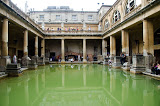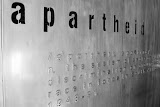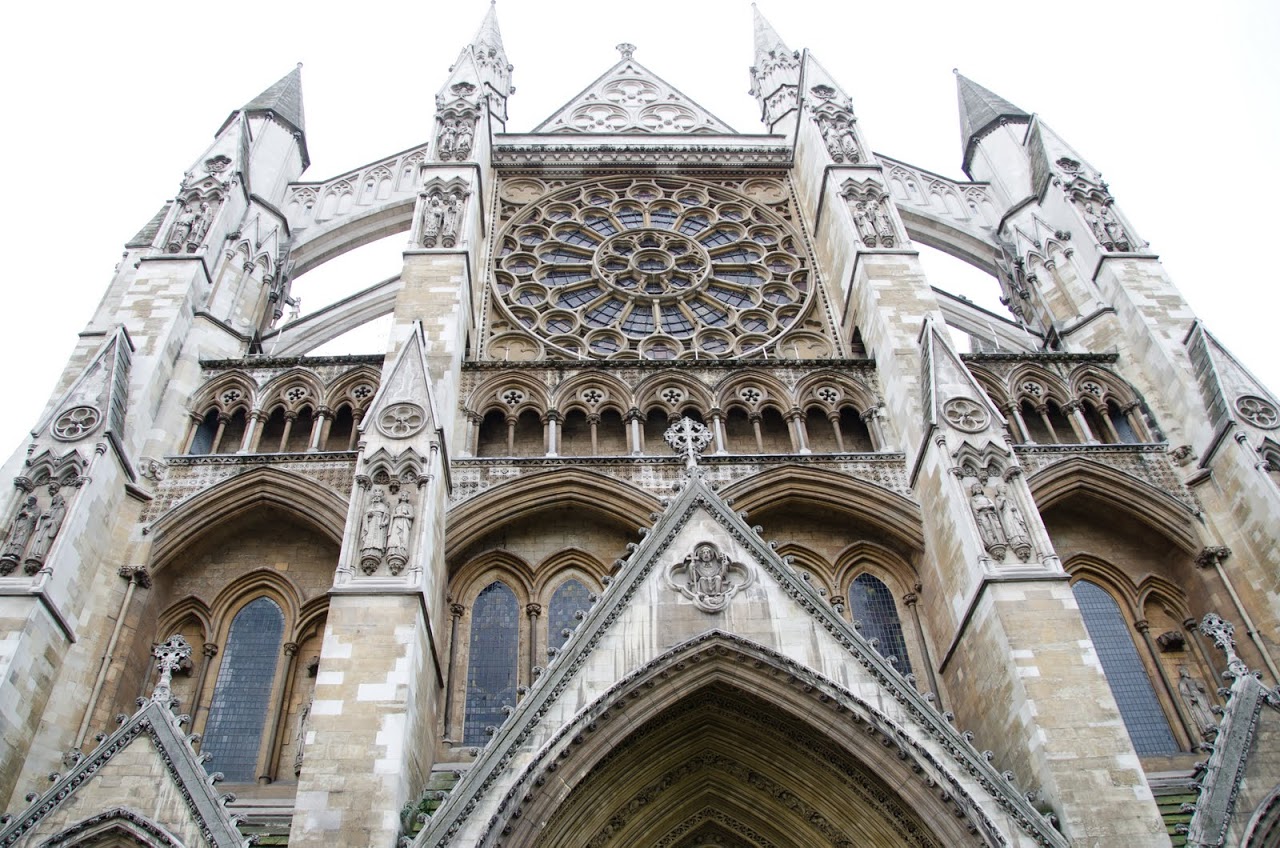
|
We often think of museums as separate entities, distinct from the cities in which they exist. I walk into the wide rooms and hallways of the Met, amongst Egyptian artifacts, Renaissance masters' paintings, and modern American artists, and I am removed from bustling Manhattan. It is that way in most of the "major" museums in this world. They are a smorgasbord of the world's cultures rather than tied to the single city in which they stand. At least that's what I used to think. While in London, we went museum hopping with Context Travel and discovered that museums have defined the cityscape, values, and beliefs of England. The most obvious example is at Westminster Abbey, which though not a museum but rather a religious center, feels very much like a museum because the artwork is stunning and it is a place to celebrate the achievements of England rather than strictly the achievements of those associated with the Church. Graves and statues dominate every spot of the giant Abbey, including those of Isaac Newton, Charles Darwin, Robert Burns, and Chaucer. Kings and queens have been crowned since the days of William the Conquerer. It was not William, but rather Edward the Confessor who built Westminster Abbey, our guide Philippa explained. Edward was a pious man and, in 1040, when he succeeded to the throne, he wanted to take a pilgrimage to St. Peter's Cathedral to thank God for the throne. However, realizing that a long trip could threaten his just-won crown, Edward decided to build a church in London to rival St. Peter's. He picked an area of farmland with a small Benedictine Abbey at its center and built his palace in Westminster (now the foundation of the Houses of Parliament) within easy sight of Westminster Abbey. At his death, he was buried within Westminster Abbey. Around 1160, miracles began occurring around Edward the Confessor's grave and he was canonized. Henry III, who had built the Tower of London, decided to build a larger Westminster Abbey over the old church to do three things: (1) serve as a suitable memorial for Edward the Confessor, (2) provide a place for England's great people to be buried, and (3) provide a suitable venue for state functions, especially coronations. On all fronts, Henry III's plan was a rousing success. It's impossible to walk through the Abbey without stumbling over one famous person or another, from those buried centuries ago to modern day poets and authors. Statues of modern day martyrs, including Martin Luther King, Jr., are carved into the arch above the side entrance. And the chapels, statues, and insigna have changed and adapted as the reigns of kings and queens have risen and ebbed. Jump forward to the 16th century and Westminster had turned into the commercial hub of London. The area known as Bloomsbury which today houses posh hotels and the British Museum was one of the neighborhoods occupied by the genteel poor, primarily academicians teaching at nearby universities and schools. Henry VIII, after separating England from the Catholic Church, closed all of the abbeys which held almost 25% of the property in England, and sold that land to friends and patrons. Ralph Montagu, a wealthy English aristocrat, purchased some of the land occupied by an abbey in Bloomsbury and built a huge mansion. In the 18th century, that house was turned into the first British Museum. The British Museum was established by the will of Sir Hans Sloane, who died in 1753. Sir Hans Sloane was a prominent physician and naturalist who who traveled across Africa and Asia documenting plants, materials, and seeds. Though he was a doctor to kings, his most notable contribution is to gastronomy. Yes, this physician is the inventor of one of man's greatest treats: milk chocolate. He traveled to Jamaica and saw the indigenous tribes drinking bitter cocoa mixed with water. He reportedly found the substance nauseating and tried mixing it with milk. On his return to England, he sold his recipe to the Cadbury Brothers who sold tinned milk chocolate to much acclaim. By the time he died, Sloane had collected over 8,000 objects of the natural world which he bequeathed to the King George II for 20,000 pounds. In 1859, after funding the building of the museum within the old Montagu mansion, the British Museum opened as the first national museum in the world. Today, the museum houses some of the world's greatest artifacts including the Rosetta Stone, half of the Greek Parthenon's frieze, Egyptian and Assyrian monuments, and the Roman Portland vase. Before walking with our guide Sue through the museum, I thought that these objects were stolen or taken by the British during their colonization of much of the world but Sue corrected that thinking. Most of the artifacts at the British Museum were purchased by England in the 18th or 19th century when England was in the midst of an archaeological mania or given as gifts to the English government after military assistance. For example, the Rosetta Stone was found in a wall in 1799 by a French soldier during the French invasion of the Ottoman Empire. The British assisted the Ottoman Empire in ousting the French and the Ottomans agreed that the British may have any artifacts collected by the French during its conquest, resulting in the Rosetta Stone being brought back to England. In a hundred years or so, the British Museum grew into one of the world's foremost centers of archaeological artifacts and the British government established other major galleries were established, including the National Gallery and the beautiful Victoria & Albert Museum. At the same time, the Industrial Revolution was shaking up the city's skyline and huge powerplants began chucking out steam on the southside of the city. In 1953, one of the largest coal power plants shut down on the southside because it caused excessive pollution. In 1981, managers of the Tate estate, one of the largest collections of British art, chose the powerplant as the site of its new museum devoted to modern art. The Tate Modern opened in 2000 to coincide with the millennium. Focused on providing a venue for new and innovative artists, Tate Modern uses the power plant's former structure as part of the design element of the museum. The turbine hall now is the main exhibit space in which a featured artist builds a huge artwork. Peep windows overlook the main turbine hall where foremen once used to watch their workers. Rather than organizing the art chronologically as most museums use, the Tate Modern organizes the artwork by theme, with one room focused on Poetry and Dreams and another on States of Flux. For example, in one particularly compelling room, we viewed several hyperrealistic paintings of people, which focused on showcasing disadvantaged or minority people in art. In that exhibit, we saw a painting by German Christian Schaad in 1929 of two carnival workers and Philadelphia artist Barley Hendricks's 1975 painting of a full frontal nude of a wealthy African American male. (Interestingly, American museums have never displayed Hendricks' painting because it is an African-American nude male so it has only been seen abroad.) Both of the paintings challenged stereotypes of minority groups using a paint technique that jumps off the canvas, mimicking the realism of a photograph, though they were painted almost sixty years apart. Though the museum itself is well worth a visit, the most striking example of its success is in how it has changed Southside. Thirteen years ago, Southside was dead and, once the Tate Modern came in, other contemporary condominium complexes and restaurants were built. Now, Southside is one of London's social hubs, containing the huge Royal Festival Hall center and the London Eye. As our guide Eowyn explained, a great museum can change a dead neighborhood into something amazing. |
|
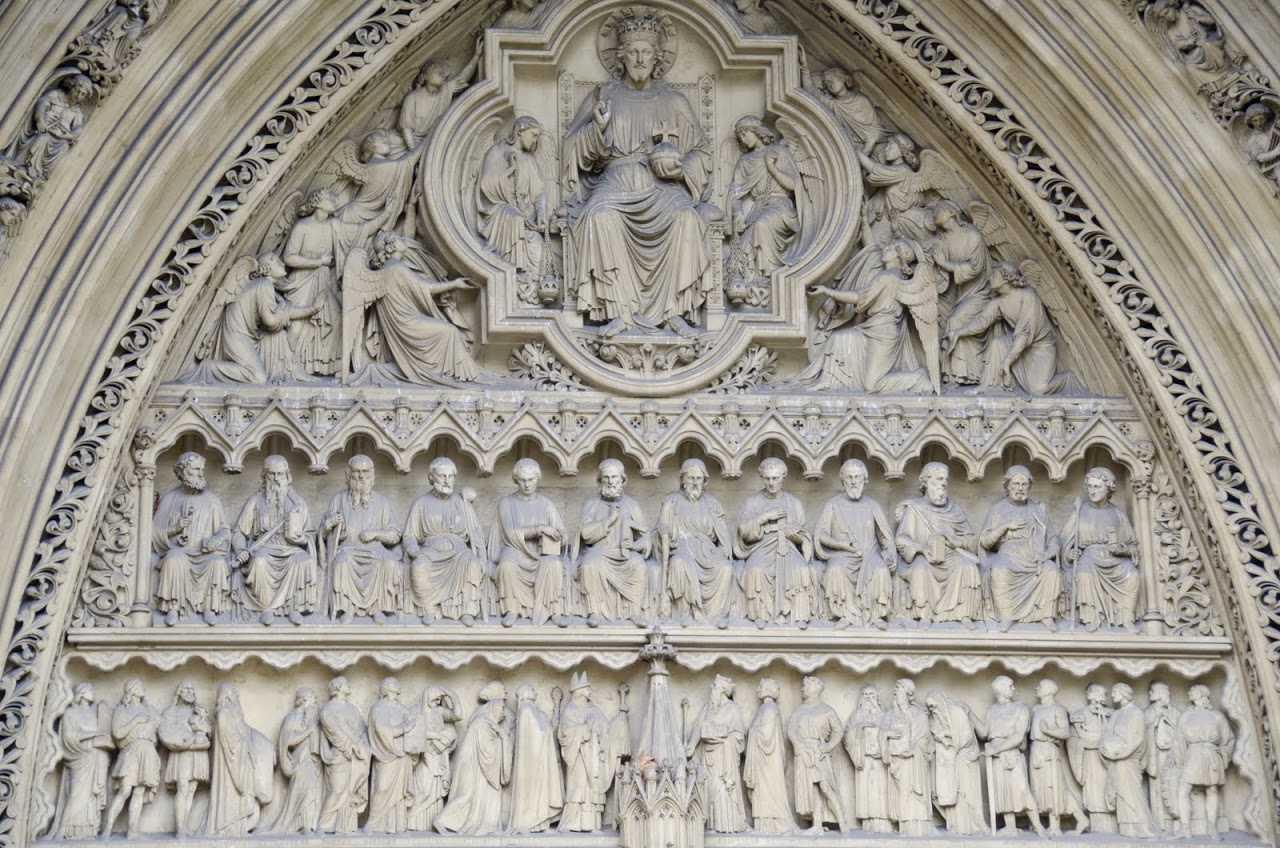
|
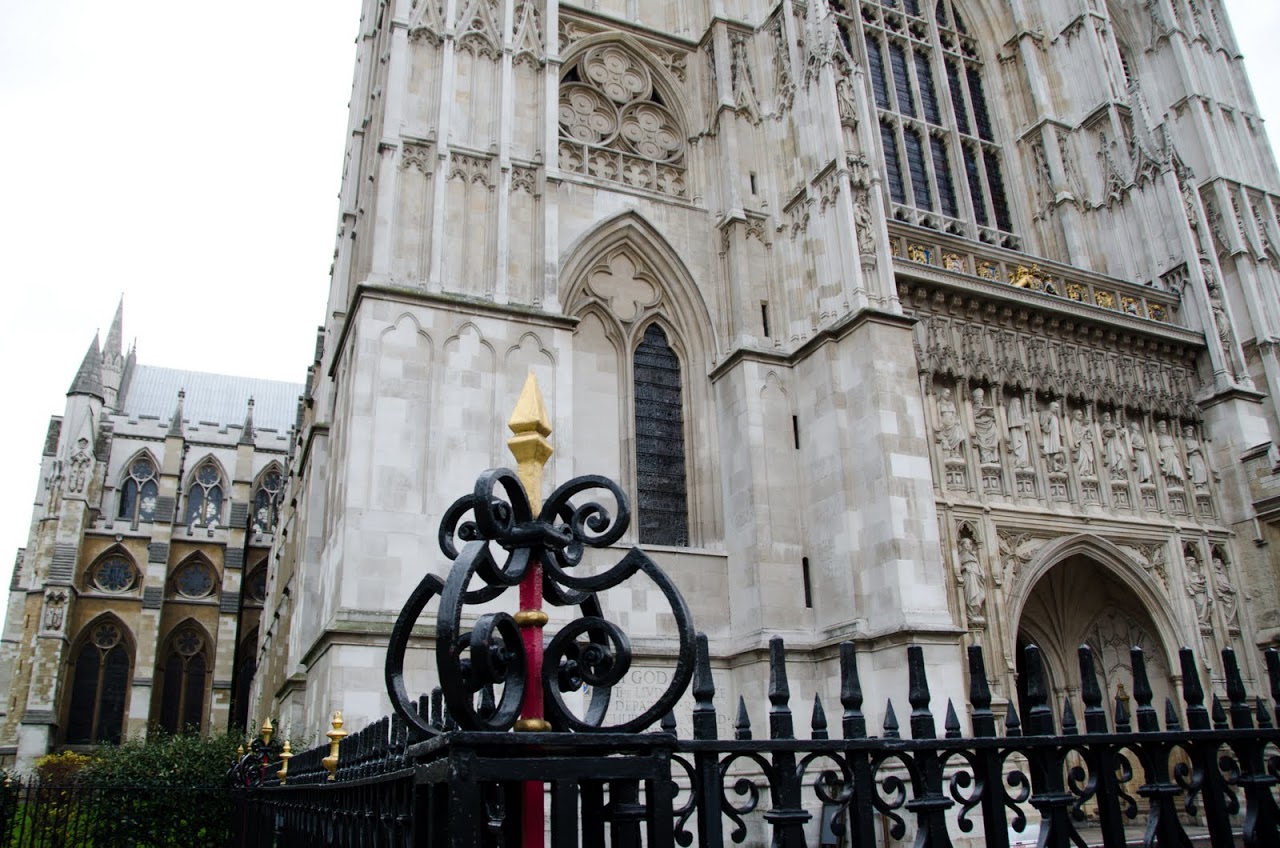
|
|

|
||
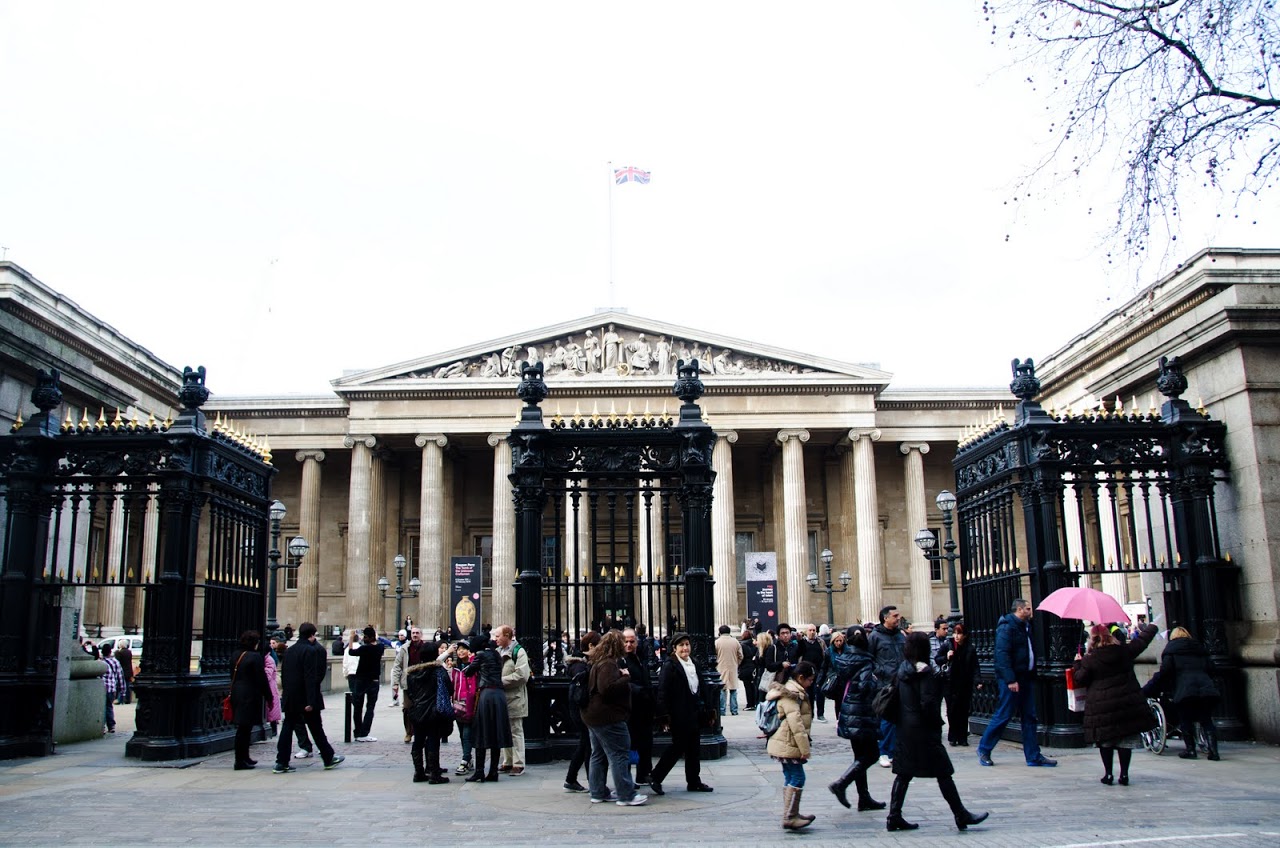
|
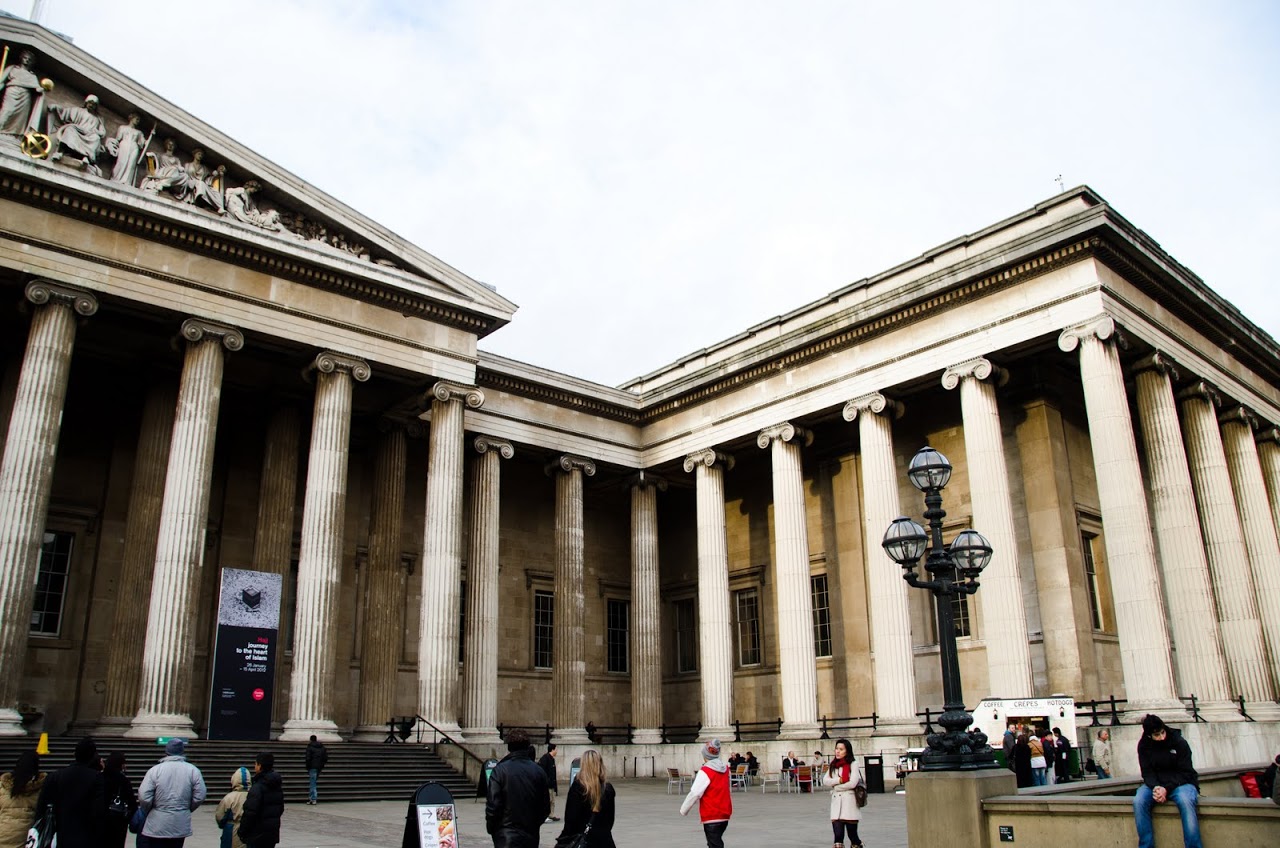
|
|
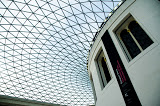
|
||
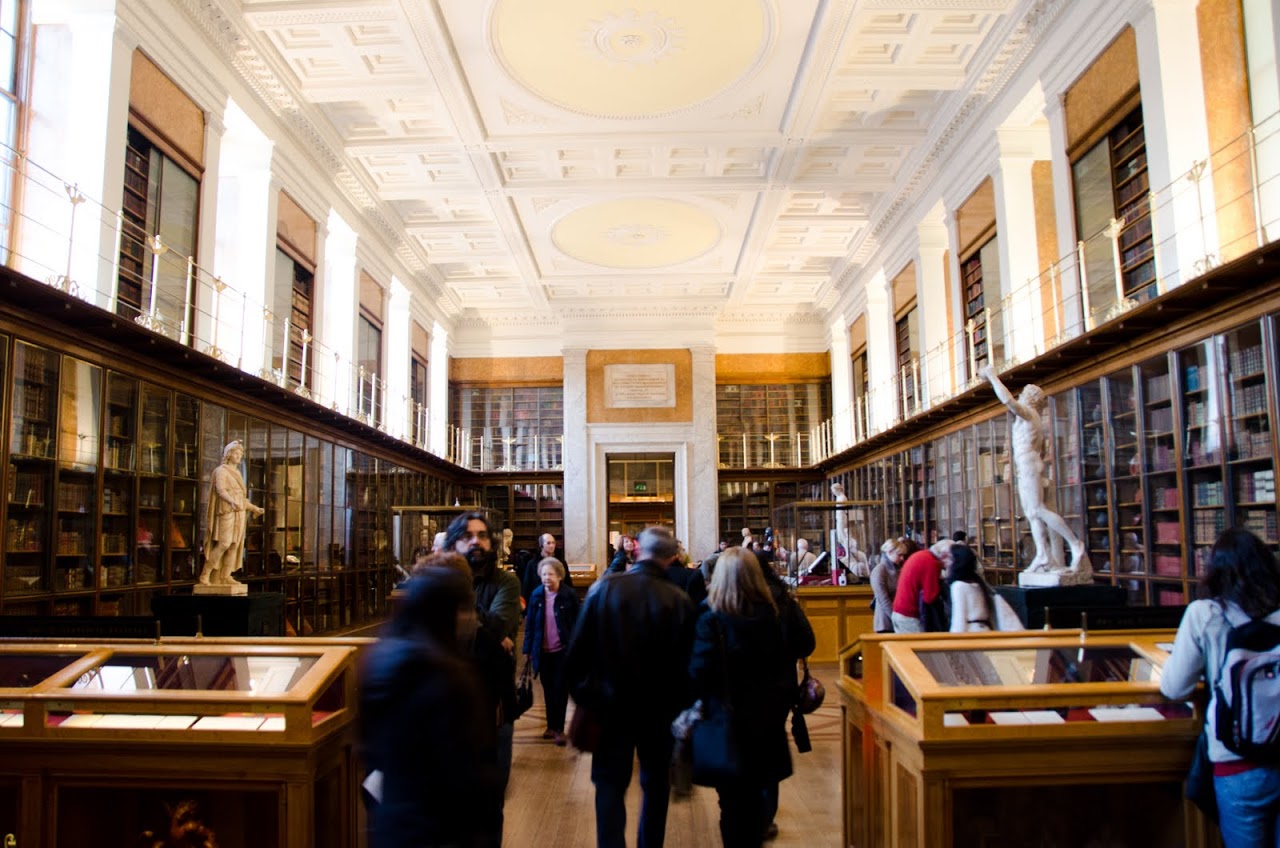
|
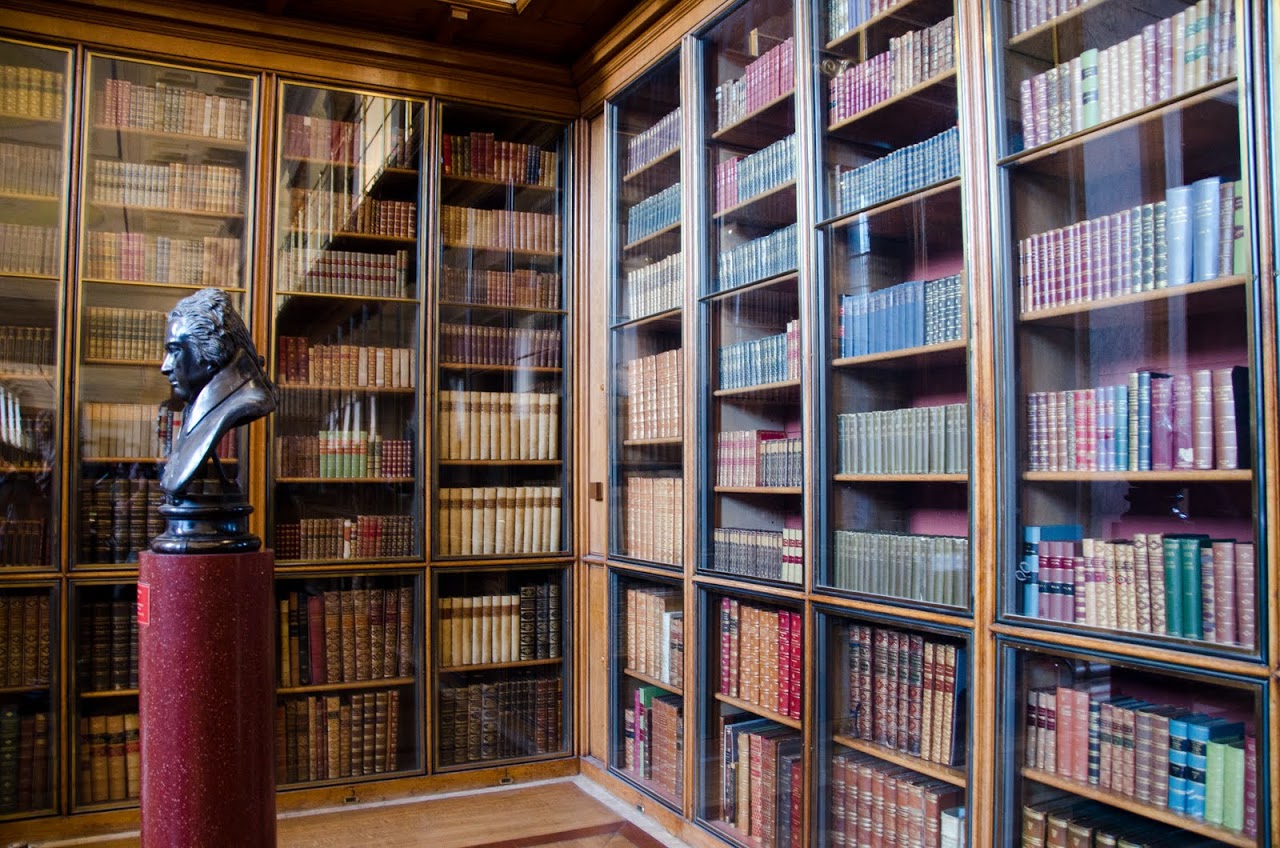
|
|
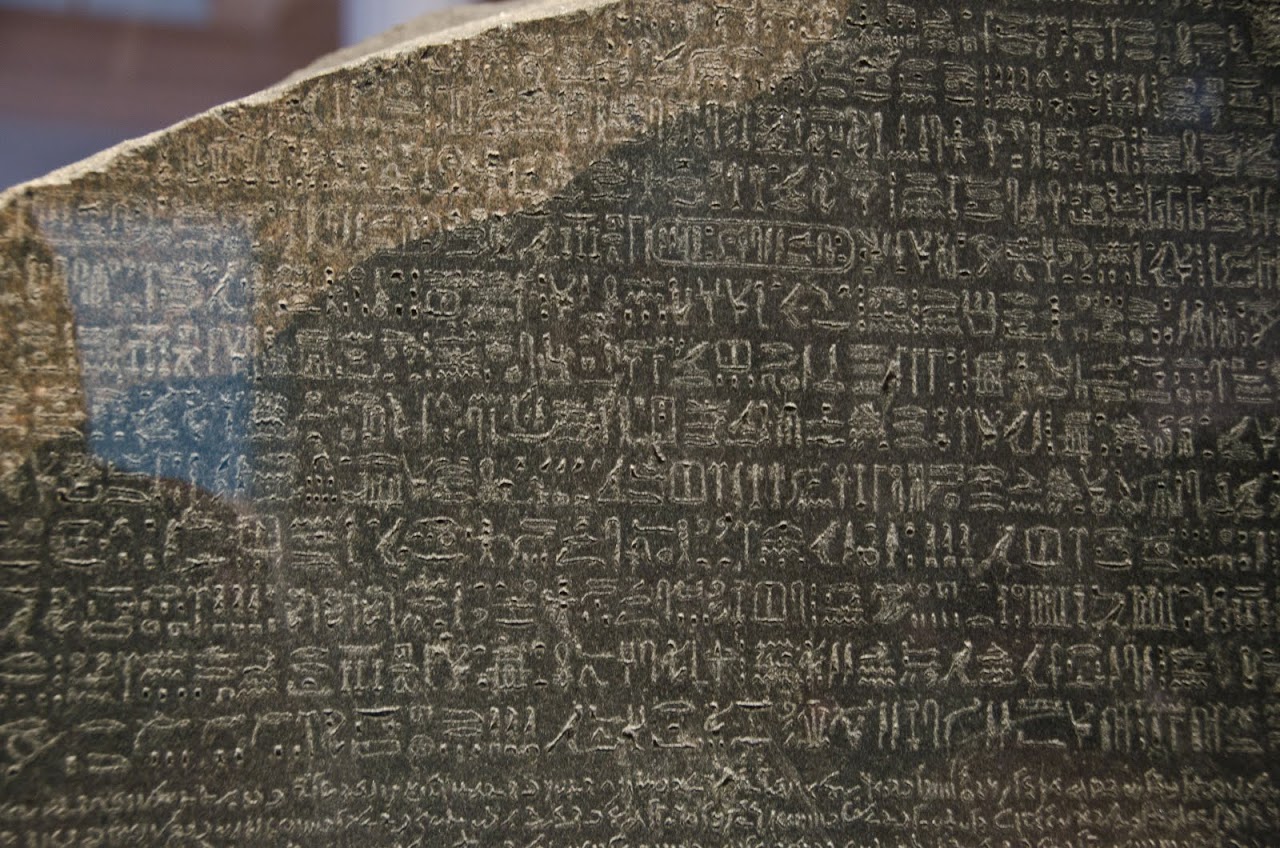
|
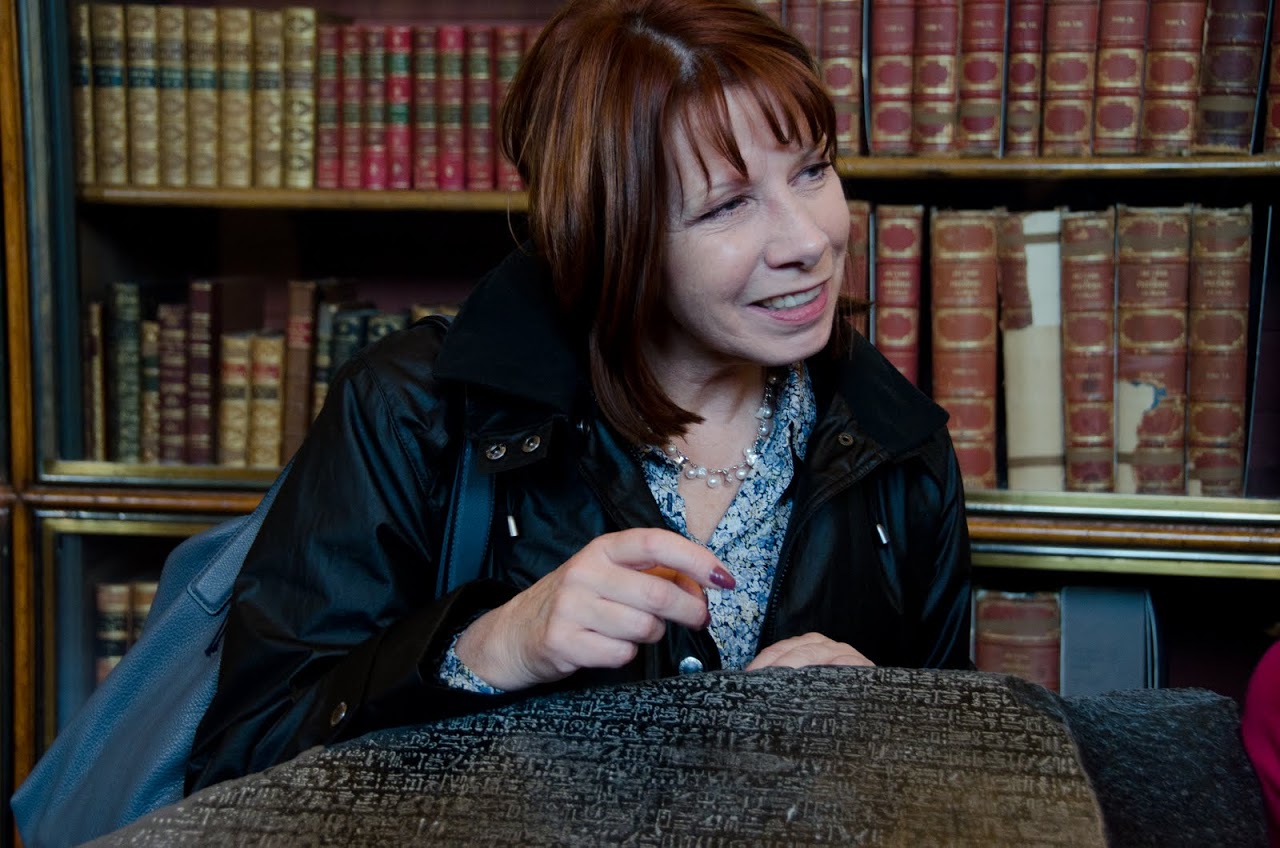
|
|
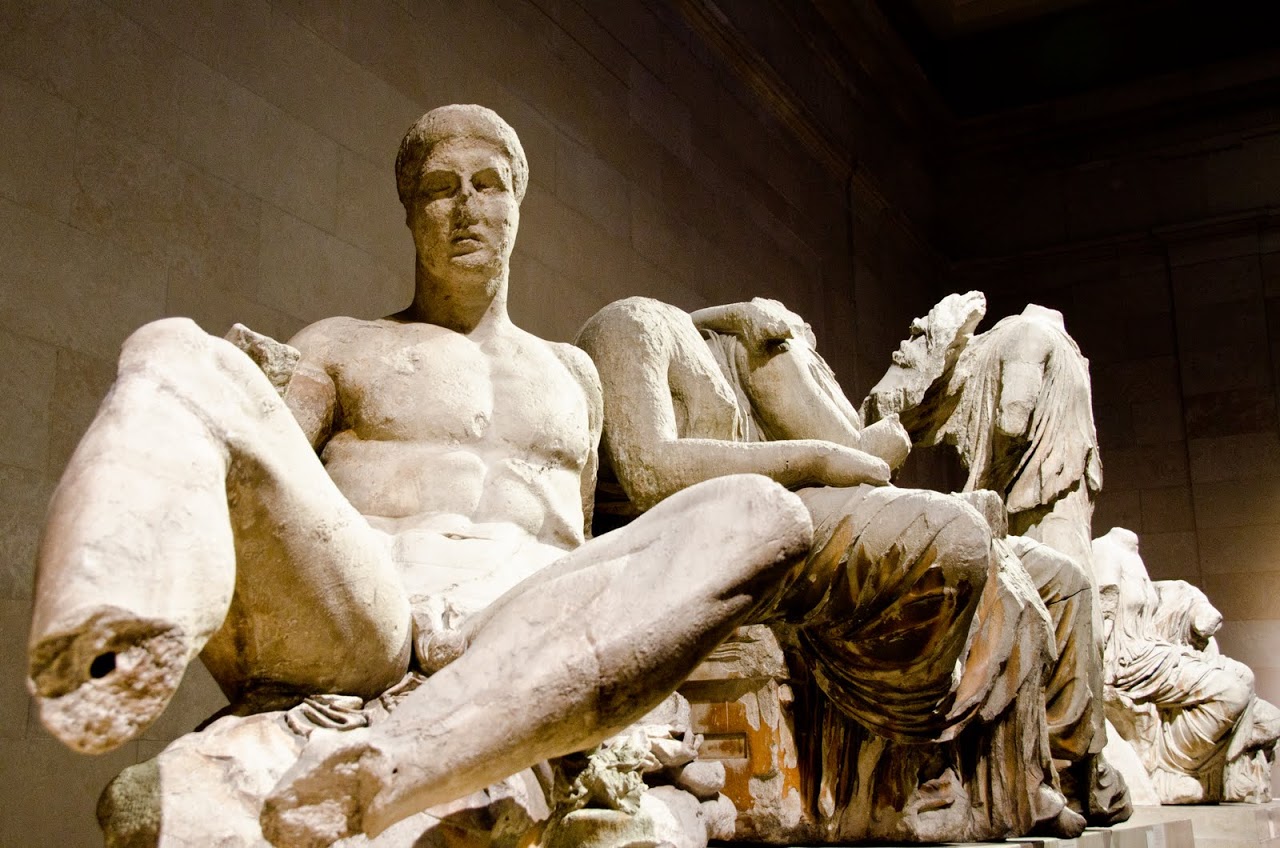
|
||
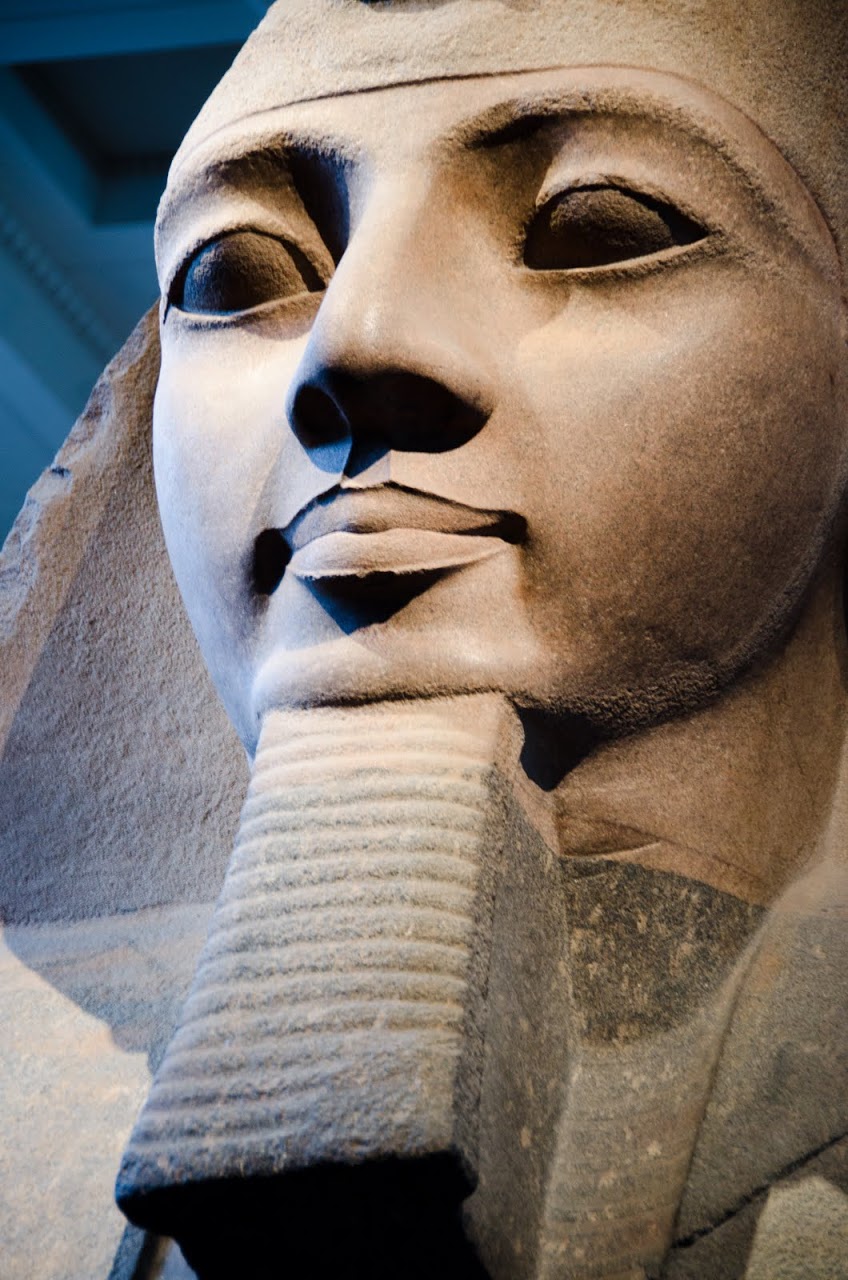
|
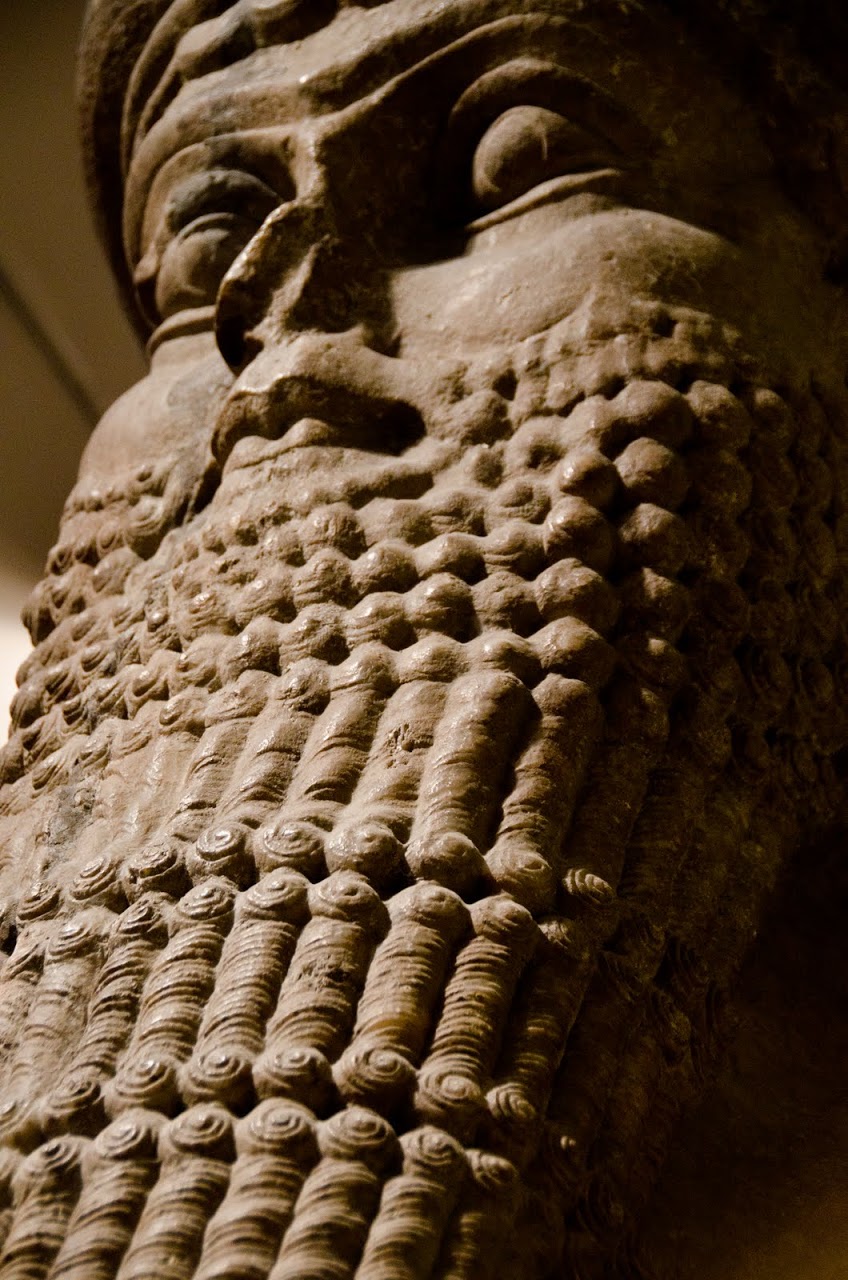
|
|
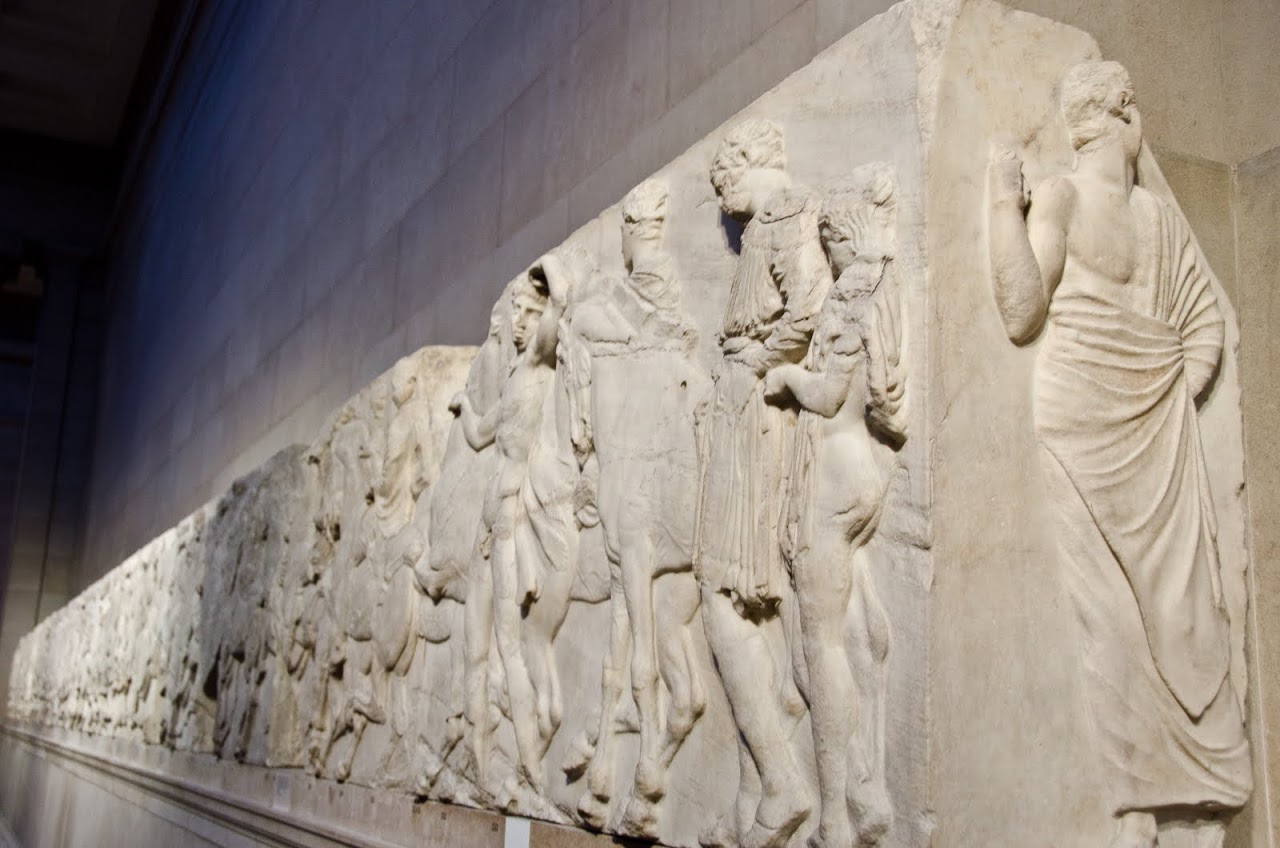
|
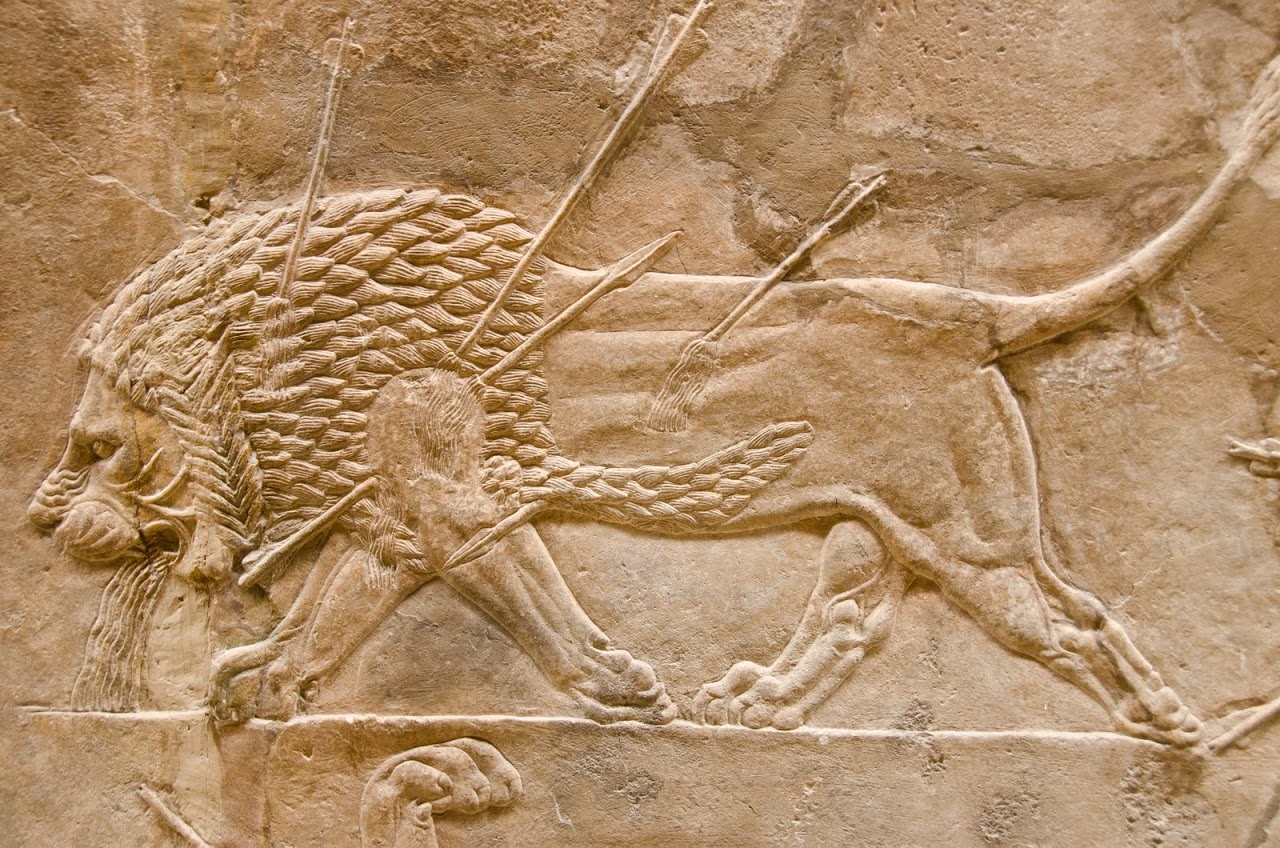
|
|
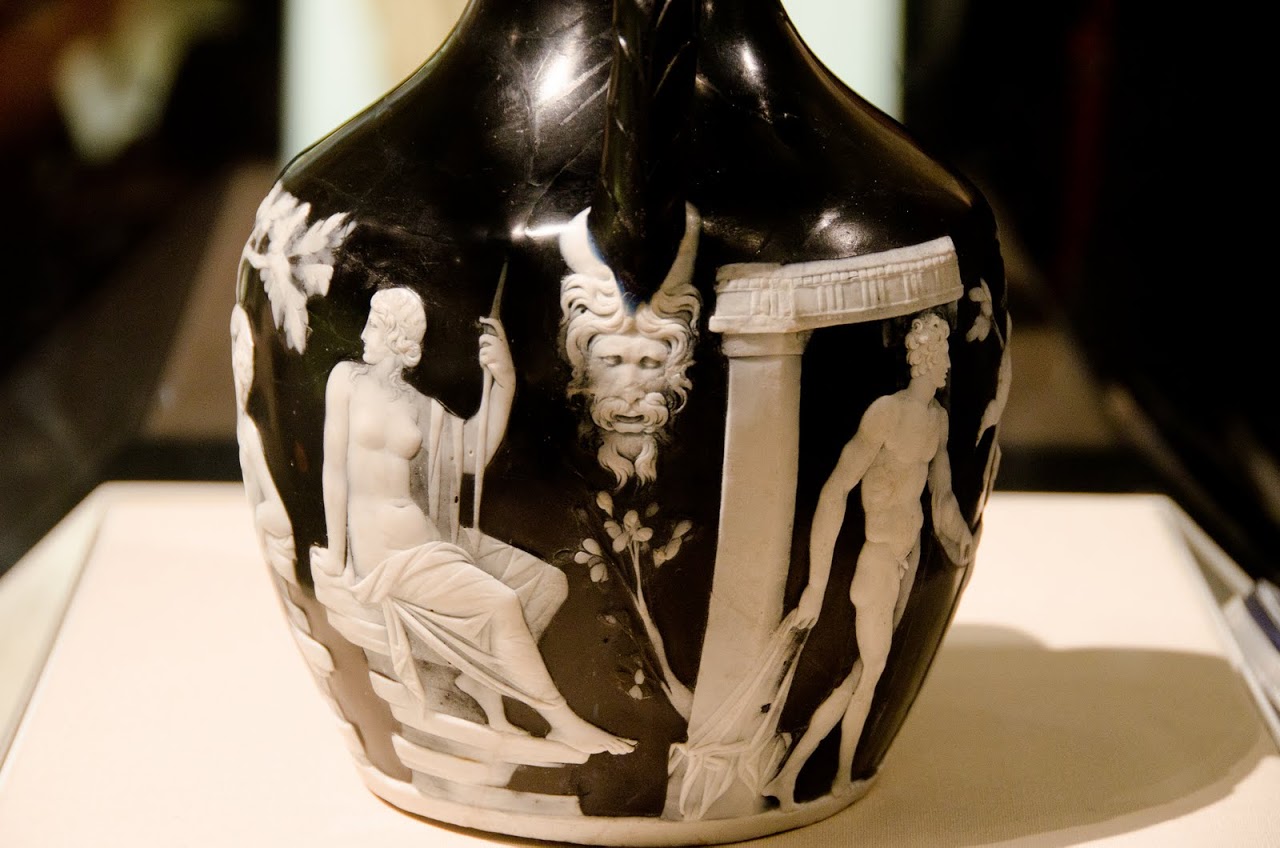
|
||
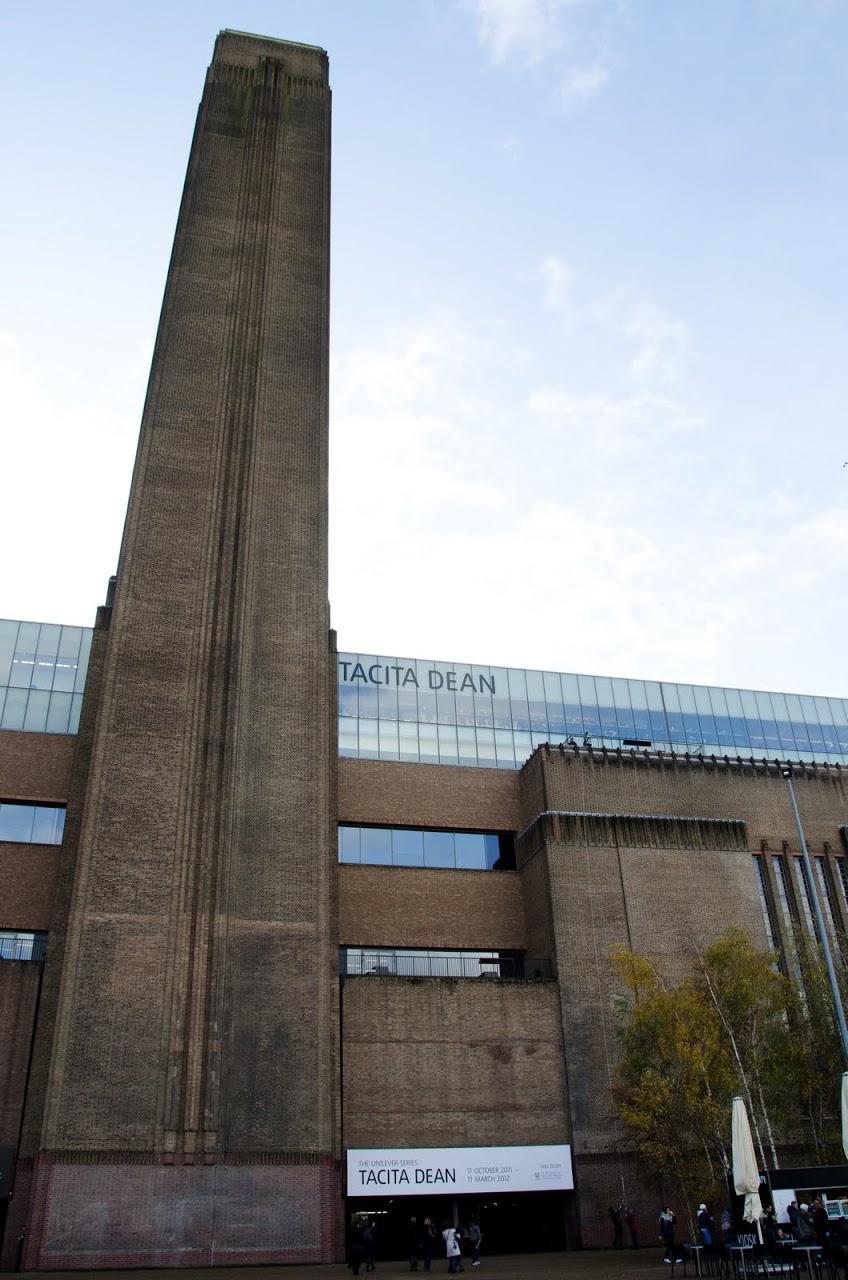
|
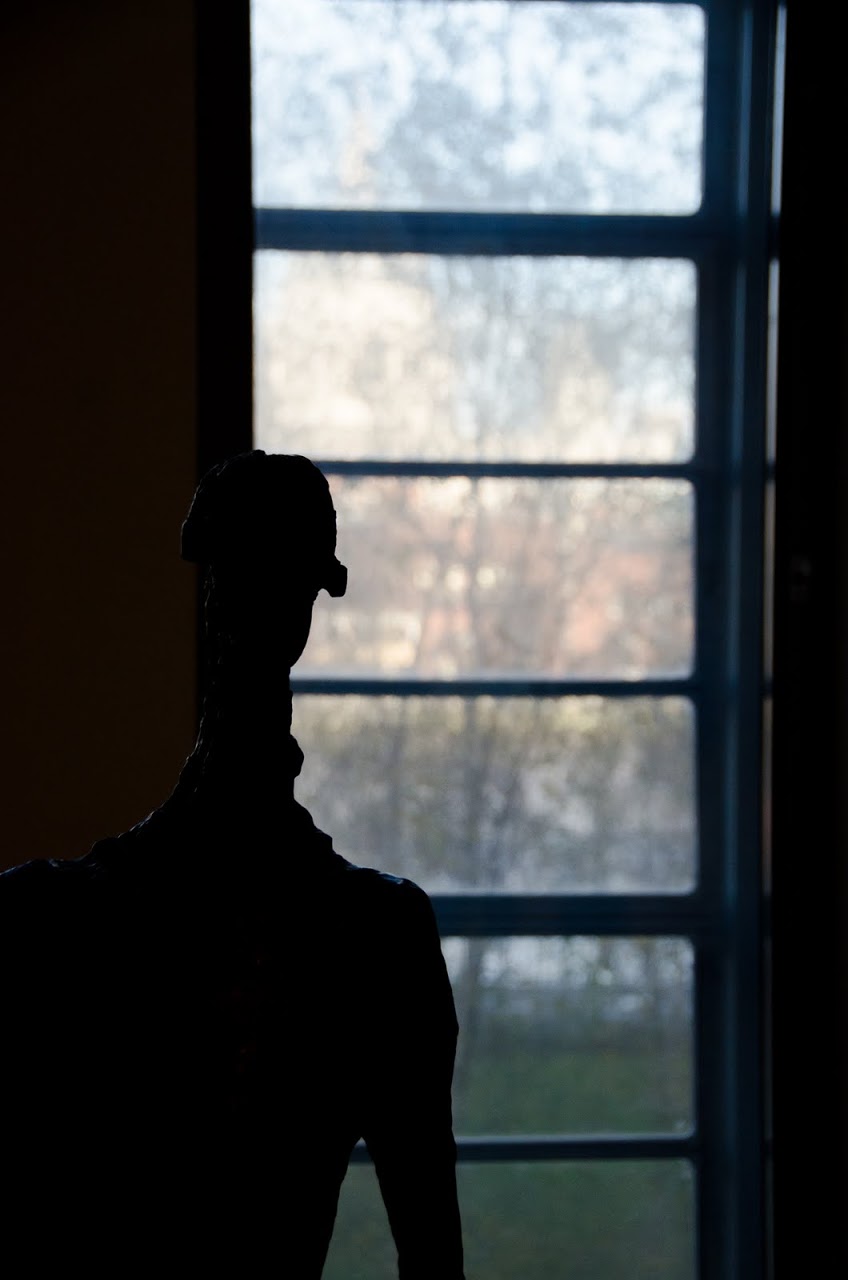
|
|

|
||
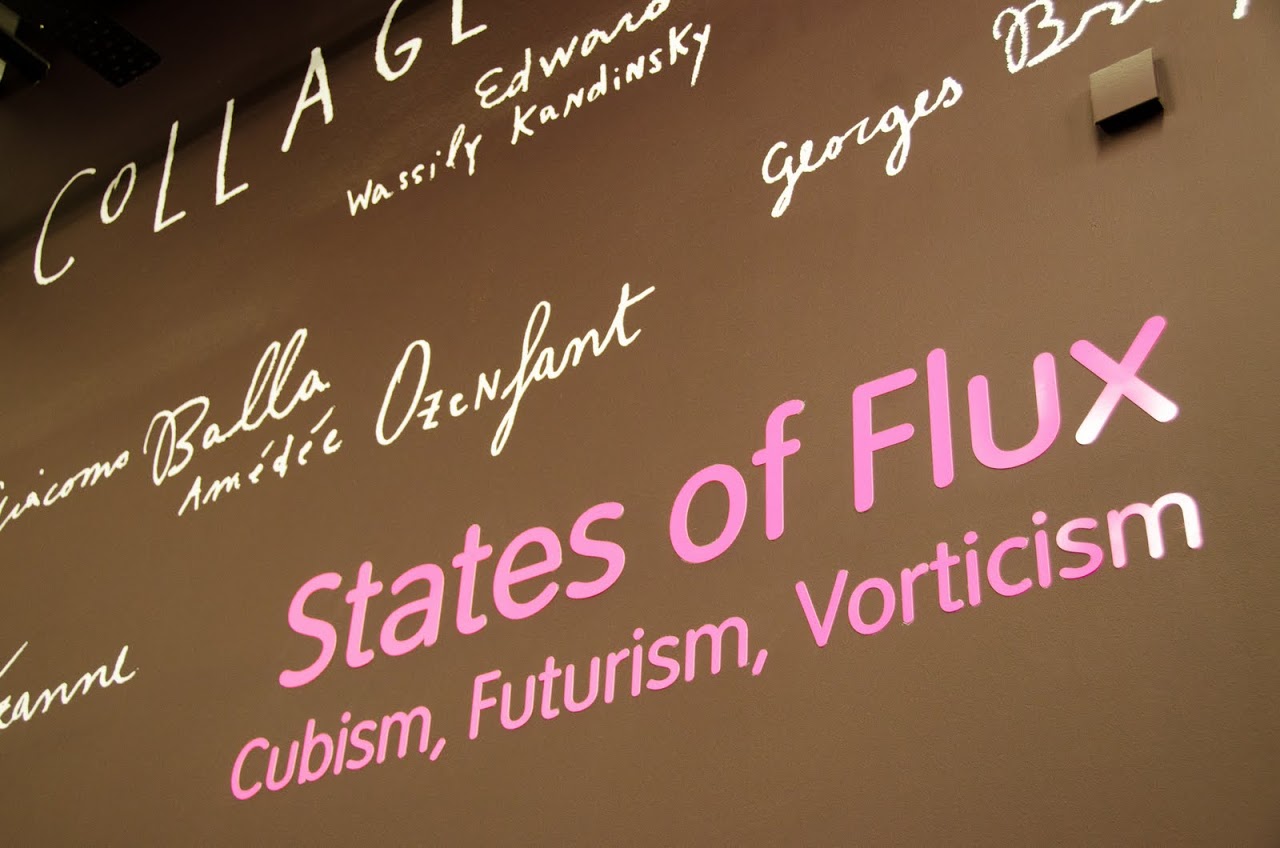
|
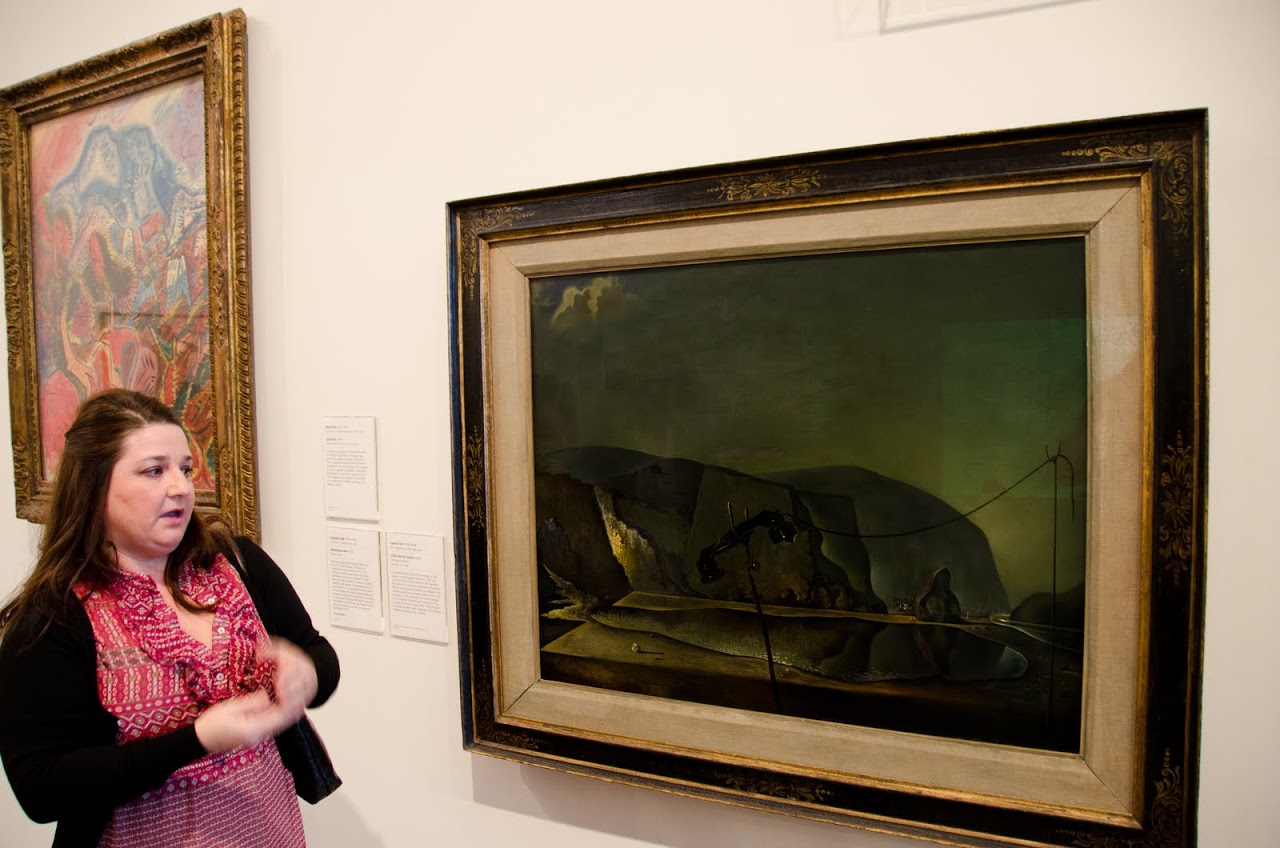
|
|
Details:
We went on the Westminster Abbey: Britain Through the Ages tour, the Tate Modern walk, and the British Museum walk with three different guides. Sue, Eowyn, and Philippa were all incredibly knowledgeable, and were able to rattle off dates and numbers to us very easily. We always ask questions and were pleased by the comprehensive responses. We were especially happy that we went with Eowyn to the Tate Modern because she helped clear up some of the frequent questions we have about modern art (that looks like a bunch of big painted blocks - why is that art?).
Our tours were sponsored by Context Travel as part of our year-long partnership with the company but, as always, all opinions are very much our own.








